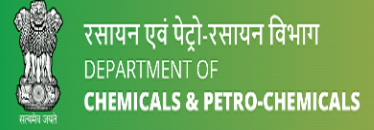Destruction
Obligations
The CWC aims to eliminate entire category of chemical weapons of the mass destruction by prohibiting the development, production, acquisition, stockpiling, retention or use by Member States. States Parties, in turn take the steps necessary to enforce the prohibition in respect of persons (natural or legal) within their jurisdiction.
The States Parties to this Convention are determined to act with a view to achieving effective progress towards general and complete disarmament under strict and effective international control, including the prohibition and elimination of all types of weapons of mass destruction, -Desiring to contribute to the realization of the purposes and principles of the Charter of the United Nations.
Status of destruction of declared CW stockpiles
The destruction of declared stockpiles came to an end in the afternoon of 7 July last year. This day the last M55 sarin-filled rocket was processed at the Blue Grass destruction facility in Kentucky, in the United States. India has completed its destruction well before the scheduled time fixed by OPCW. This was a moment of great significance for the OPCW, the international community, and global peace and security in general, as it marked the elimination of an entire category of declared weapons of mass destruction. The achievements of chemical demilitarisation since the entry into force of the Convention have been extraordinary. In total, 72,304 metric tonnes of chemical warfare agents declared by eight States Parties, have been destroyed since 1997. Of that number, the immense majority, 70,493 metric tonnes, were Category 1 chemical weapons. Category 1 includes the weapons with the most dangerous chemicals and the components and parts of these weapons. The rest, 1,811 metric tonnes were Category 2, that are less lethal weapons. 97 chemical weapons production facilities, in 14 States Parties, were declared to the OPCW. 74 of those sites were verifiably destroyed and 23 were converted for peaceful purposes, seven of which remain under OPCW monitoring. The process of destroying chemical agents turned out much more difficult and costly than expected to ensure the protection of people and the environment. Chemical demilitarisation took place under strict international verification by the Secretariat of the Organisation. OPCW conducted 2,053 inspections, at 46 destruction facilities across the globe, which equates to 236,150 inspector days. In simple words for understanding, all OPCW inspections carried out are equivalent to the task of one inspector, working without interruption for about 647 years.














